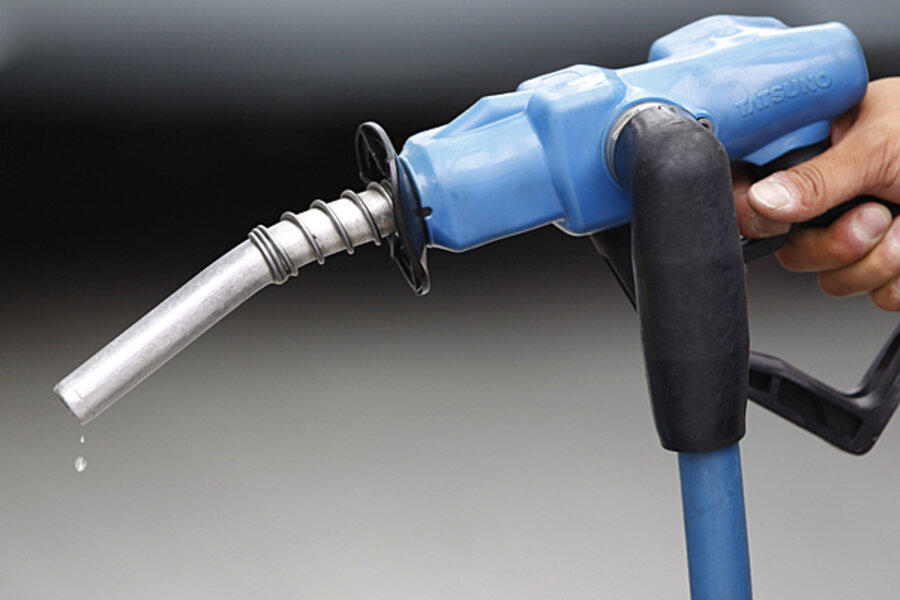Engineers create gasoline out of thin air? Sort of.
Loading...
Call it last week's most unexpected headline: the idea that a group of engineers in Britain had managed to create gasoline ("petrol") out of ... thin air?
Indeed, it appears to be so--if you add energy (and sodium hydroxide).
Here's how it works: The process starts by blowing atmospheric air into a tower containing the sodium hydroxide, which binds to the carbon dioxide to form sodium carbonate.
Adding energy to that substance splits out the carbon dioxide specifically, which is then stored for later use.
Next, a dehumidifier removes water vapor from the air, and more energy is added to separate the hydrogen and oxygen molecules.
Mix the hydrogen with the carbon dioxide in the right proportions and you produce a synthetic gaseous hydrocarbon.
That, in turn, can be processed into methanol--which can be further turned into synthetic gasoline.
The resulting gasoline can either be used in vehicles directly or blended with conventionally extracted and refined gasoline.
The company that demonstrated the technology last week is Air Fuel Synthesis (AFS), based in the Northern town of Stockton-On-Tees.
Ironically, the town is less than 30 miles from the Sunderland plant where Nissan is about to start fabricating lithium-ion cells and assembling its Leaf electric car.
For countries whose policy it is to lower carbon emissions, the appeal of this kind of technology is that it can produce carbon-neutral gasoline.
That's because the process reuses atmospheric carbon dioxide, rather than burning new hydrocarbons and releasing more CO2 into the atmosphere.
AFS says it is now raising money to build the first plant that will produce carbon-neutral gasoline through air-fuel synthesis, at a cost of £6 million ($9.6 million).
"Demand for specialist high quality low-carbon fuels in motorsports offers a particularly attractive early niche market for investors," said David Still, the company's chairman.
The company's methanol has already been used in the experimental Lotus Exige 270E Tri-Fuel sports car.
There is one little caveat, however.
Energy has to be added into the process at several stages. Turning water into hydrogen and oxygen, in particular, is a highly energy-intensive process.
That's why hydrogen is such a good energy carrier: It strongly wants to bond with other molecules, giving off high amounts of energy as it does so (hence its potential as a vehicle fuel).
And the energy added into this process has to come from somewhere.
As New Scientist notes, this will only be truly carbon-neutral gasoline if all that energy comes from renewable sources like solar, wind, or hydro.
If electricity from dirty coal-burning powerplants is used to turn atmospheric carbon dioxide into gasoline, then the process is far from carbon-neutral.
So before we hail the arrival of truly green gasoline, we'd like to know how the company plans to ensure that only renewable energy is used in any such plants.







